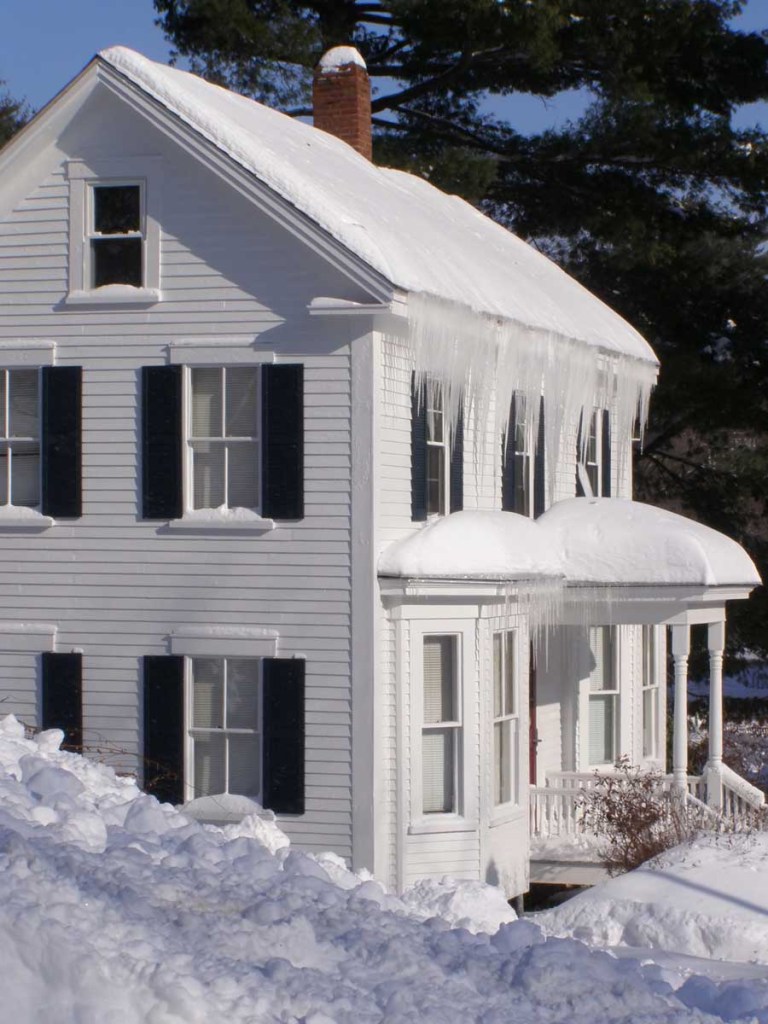7 ways to prepare your home for winter weather
Published 1:06 pm Sunday, August 10, 2014

- Protecting your home from winter weather can help lower your heating bill.
The weather is turning cooler, and it’s time to starting preparing for winter weather. Here are some tips to help get your home ready for the cold:
Get inspected: If you plan to use a fireplace or wood stove for emergency heating, have your chimney or flue inspected each year. Ask your local fire department to recommend an inspector, or find one in your telephone directory under “chimney cleaning.” Install a smoke detector and a battery-operated carbon monoxide detector near the area to be heated. Test them monthly, and replace batteries twice a year.
Protect your pipes: Insulate any water lines that run along exterior walls so your water supply will be less likely to freeze. Learn how to shut off water valves in case a pipe bursts.
Bring items indoors: If you have pets, bring them indoors. If you cannot bring them inside, provide adequate shelter to keep them warm and make sure that they have access to unfrozen water. Cover or bring indoors any plants that you want to protect from freezing temperatures.
Weatherize: Caulk and weather-strip doors and windows. Add insulation to your walls and attic, if necessary. Consider purchasing insulated doors and storm windows to further protect your home from the cold. This will also help lower your heating bill.
Buy supplies: In the event of a severe winter storm, you’ll need to have supplies on hand, such as rock salt to melt ice on walkways, sand to improve traction and now shovels and other snow removal equipment. Prepare for possible isolation in your home by having sufficient heating fuel; regular fuel sources may be cut off. For example, store a good supply of dry, seasoned wood for your fireplace or wood-burning stove.
Remember fire safety: Keep fire extinguishers on hand, and make sure everyone in your house knows how to use them. House fires pose an additional risk, as more people turn to alternate heating sources without taking the necessary safety precautions. If you’re going to use a space heater, make sure it has been tested according to the latest safety standards. Put it on a level, non-flammable surface away from bedding, drapes and furniture. And never leave a space heater on when you leave the house or when you go to sleep.
Watch your roof: Hire a contractor to check the structural ability of the roof to hold unusually heavy weight from the accumulation of snow or water, if the drains on flat roofs do not work
Source: Federal Emergency Management Agency, U.S. Centers for Disease Control and Prevention.





